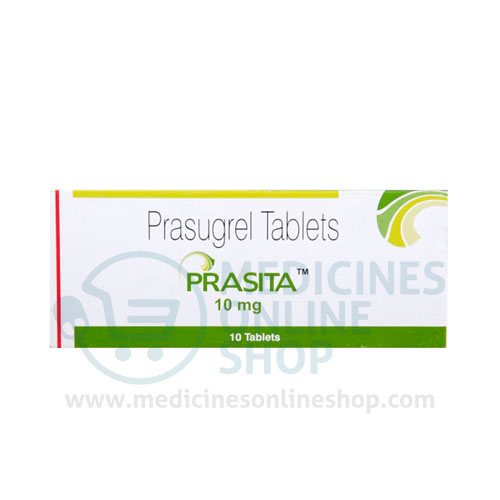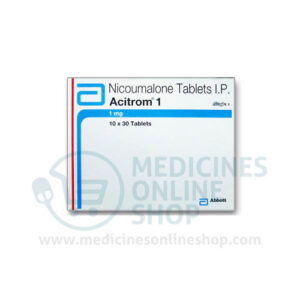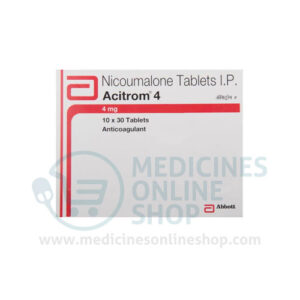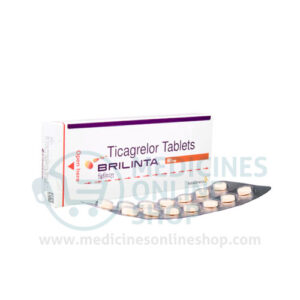Prasugrel Information
What is this drug used for?
• It is used to lower the chance of heart attack, the need for some heart treatments, or blockage of a stent after a stent is placed in the heart.
Possible side effects
Prasugrel may cause side effects. Tell your doctor if any of these symptoms are severe or do not go away:
• Headache.
• Back pain.
Some side effects can be serious. If you experience any of these symptoms, call your doctor immediately or get emergency medical treatment:
• Signs of an allergic reaction, like rash; hives; itching; red, swollen, blistered, or peeling skin with or without fever; wheezing; tightness in the chest or throat; trouble breathing, swallowing, or talking; unusual hoarseness; or swelling of the mouth, face, lips, tongue, or throat.
• Signs of bleeding like throwing up or coughing up blood; vomit that looks like coffee grounds; blood in the urine; black, red, or tarry stools; bleeding from the gums; abnormal vaginal bleeding; bruises without a cause or that get bigger; or bleeding you cannot stop.
• Chest pain or pressure.
• Dizziness or passing out.
• Very bad headache.
• Purple patches on the skin or mouth.
• Very bad and sometimes deadly blood problems like thrombotic thrombocytopenic purpura/hemolytic uremic syndrome (TTP/HUS) have happened with this drug in some people. Call your doctor right away if you feel very tired or weak or have any bruising or bleeding; dark urine or yellow skin or eyes; pale skin; change in the amount of urine passed; change in eyesight; change in strength on 1 side is greater than the other, trouble speaking or thinking, or change in balance; or fever.
Medication Safety Issues
Sound-alike/look-alike issues:
Prasugrel may be confused with pravastatin, propranolol
Geriatric Patients: High-Risk Medication:
Beers Criteria: Prasugrel is identified in the Beers Criteria as a potentially inappropriate medication to be used with caution in patients 75 years and older due to increased risk of bleeding in older adults; however, benefit in highest-risk older adults, such as those with prior MI or diabetes, may offset risk when used for approved indication of acute coronary syndrome to be managed by percutaneous coronary intervention (Beers Criteria [AGS 2019]).
Storage and Stability
Store at 25°C (77°F); excursions are permitted between 15°C and 30°C (59°F and 86°F). Store and dispense in original container; do not remove desiccant.
Adverse Reactions
1% to 10%:
Cardiovascular: Hypertension (8%), hypotension (4%), atrial fibrillation (3%), bradycardia (3%), peripheral edema (3%)
Central nervous system: Headache (6%), dizziness (4%), fatigue (4%), noncardiac chest pain (3%)
Dermatologic: Skin rash (3%)
Endocrine & metabolic: Hypercholesterolemia (≤7%), hyperlipidemia (≤7%)
Gastrointestinal: Nausea (5%), diarrhea (2%), gastrointestinal hemorrhage (2%)
Hematologic & oncologic: Leukopenia (3%), anemia (2%), major hemorrhage (2%), minor hemorrhage (2%), major hemmorhage (life-threatening: 1%)
Neuromuscular & skeletal: Back pain (5%), limb pain (3%)
Respiratory: Epistaxis (6%), dyspnea (5%), cough (4%)
Miscellaneous: Fever (3%)
<1%, postmarketing, and/or case reports: Abnormal hepatic function tests, anaphylaxis, angioedema, hematoma, hemoptysis, hemorrhage (requiring inotropes or transfusion), hypersensitivity reaction, intracranial hemorrhage (symptomatic), re-operation due to bleeding, thrombocytopenia, thrombotic thrombocytopenic purpura





